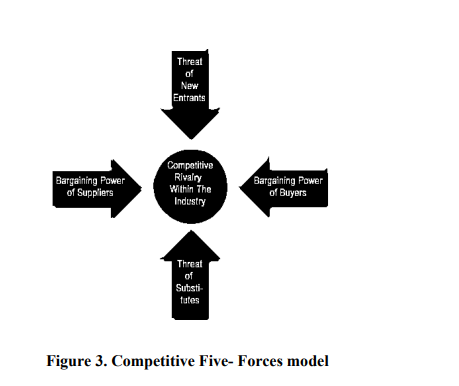Chapter one introduced the definition of marketing, core concepts in marketing and the marketing management philosophies. In chapter two, we focus on marketing environment. Marketing environment is the factors and actors that influence the decision-making in marketing.
Broadly, the marketing environment can be categorized into: the external environment and the internal environment. The internal environment is the one the firm is able to control while the external environment is the one which the firm cannot have a control over.
The external environment can be categorized into:
1. Macro-environment
2. Macro-environment
2.1 Macro-environment
Macro-environment includes the larger societal- level environment that influences the decisionmaking process in the marketing. It includes:
1. Demographic environment
2. Technological environment
3. Economic environment
4. Political environment
5. Socio-cultural environment
6. Legal environment
7. Natural environment
1. Demographic
Under this can be mentioned: rural and urban population ration; population growth;
demographic shift and age of population.
2. Technology
Under this, we can name: innovation of websites; mobile handsets; internet; e-commerce, ebanking and change in life style due to technology. Change in business patterns due to technology; online transactions, for instance
3. Economic
Economic environment consists of, among others:
- Business cycles
- Economic growth
- Income level
- Inflation rate
- Interest rates
4. Socio-cultural environment
To indicate some examples:
- Change in consumption pattern
- Difference in life style
- Changing gender roles
- Health & environmental issues
- Literacy level
- Tradition, customs, religion
5. Political environment
- This includes financial policies, such taxation, interest rate policies;
- Political stability
6. Legal environment : under this legal environment , we can mention, as examples: social legislation and regulations; business laws, tax laws, and advertising laws
2.2 Micro-environment
Micro-environment is the environment that is closer to the firm in comparison to the macroenvironment. Under macro-environment comes: competitive environment which requires looking into the rivalries, the emerging firms that may enter into the industry, the substitute product that may replace the existing product (in the manner type writer was replaced by computer, the bargaining power of buyers and suppliers. To analyze the competitive environment, there are various models. Some of these models are the SWOT model , to analyze the strength, weakness , opportunities and threat of firms; the industry( business) Life-Cycle model , to analyze the phase of the business has reached and its future prospect; the competitive Five-Forces model, the model developed by Porter , to understand the attractiveness of the industry and its potential for future growth. Figure 3 illustrates the competitive Five- Forces
model:

The competitive Five –Forces model helps to analyze, among others:
If the existing or emerging barriers are easy or difficult for the entry of competitors
If the existing products can be easily and, specially, cheaply substituted
If the buyers have strong position or work together to order large volumes
If the suppliers are strong, if they are monopolies
If the rivalry within the competitors has one dominant player, or if there are two dominant players, or many players
Customers
Customers can be buyers from the firm, or suppliers to the firm. customers also shape the decision making process of marketing.
Internal environment
Internal environment marketing looks at the strength, and weaknesses that the firm has and the opportunities it can seize and the threat it may face. The analysis of internal environment makes clear:
- The financial resources of the firm
- The human resources, such as the capability of the management
- The technological resources at its disposal
- The organizational culture, such as , culture of innovation
- Access to credit
- Research and development capability
- Intangible asset , such as image, reputation through its brand, customers’ perception of the firm
- Other infrastructure , such as, buildings and facilities
SWOT Model SWOT model can aid in the analysis of the internal environment.
SWOT stands for Strength, Weakness, Opportunity, and Threat.